
Queensland Itch is a term that is given to a horse that has had an abnormal reaction and increased sensitivity to insect bites. It generally occurs in humid, moist climates during the summer months. The reaction can be brought on by an assortment of insects as well as other, unrelated, conditions.
Generally, the main causes of Queensland Itch are bites received from midges, horse and black flies. The affected animal's skin reacts to the saliva left behind after a bite and the result is that the affected area becomes unbearably itchy.
This causes the horse to unceasingly rub against objects in an attempt to relieve the itching, but unfortunately the more a horse rubs, the more it makes the condition worse including rubbing the area raw and opening up the possibility of secondary infection from the open wound.
A horse that is suffering from Queensland Itch will display the following signs:
A ruff and dull coat
A hardening of the skin around the affected area
Main and tail damage
Bald patches on the body with flaking skin
In serious cases, weeping sores with ulcerated skin and open lesions will be evident. The most effective way to combat Queensland Itch is via prevention as opposed to treatment of the symptoms. Preventative measures focus on preventing insect bites by one means or another.
One of the best ways to prevent the horses being bit is by the regular use of rugs and fly masks. The only downfall with this method is that it still leaves areas around the head and pole exposed which can become susceptible to the itch.
A more extreme measure is to keep the effected horse in a stable that is fully enclosed with fly wire, but owners generally don't wish to go to the extra expense associated. Also the continual stabling of a horse brings with it its own set of problems.
One method of treatment that is effective is to have a 50/50 mix of apple cider vinegar and olive oil added with bi-carb soda to make it into a paste. The mix will not only provide a soothing effect for the itching but when applied every two days will form a barrier against further bites. This treatment should be used in conjunction with rugging.
Be cautious when using insect repellants as they can cause further allergic reactions and they can also cause irritation to broken skin.
Remedies including glucocorticoids have been found to be of benefit, but care should be taken. Pregnant mares and horses prone to laminitis are not suited to these formulations.
When practical, a horse that is infected with Queensland itch should be kept in a yard or a paddock that is free from trees and other items that it can use to scratch against. Although this in the short term can be uncomfortable for the horse, it is far more kind in the long run because it will stop the breaking of the skin and the resultant problems that accompany it.
Although Queensland Itch can be an exremely debilitating affliction, the correct combination of preventative measures and treatment means that you are able to enjoy the benifits of horse care all year round. For more articles on horse care and all your saddlery requirements visit KW Saddlery
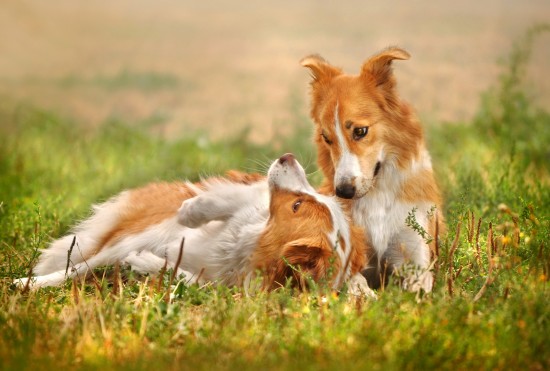 Dogs And Their Eye Contact With Each Other, And What This Means
Dogs And Their Eye Contact With Each Other, And What This Means
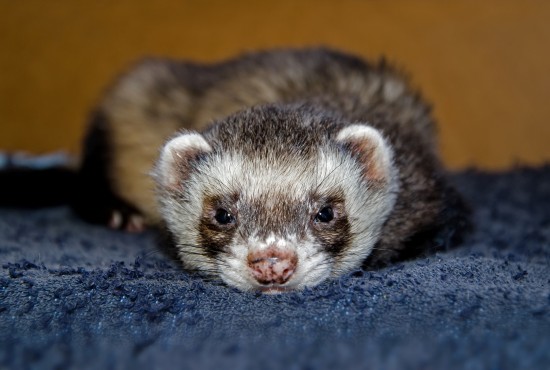 Signs Your Ferret May Be In Pain Or Experiencing Discomfort
Signs Your Ferret May Be In Pain Or Experiencing Discomfort
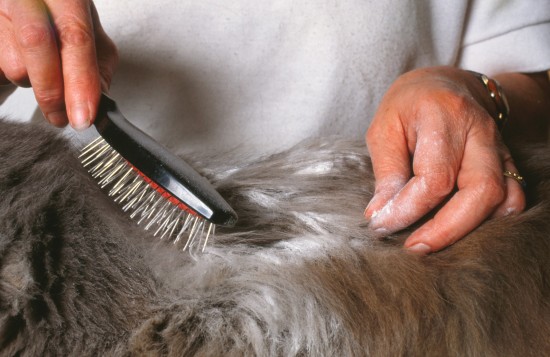 Six Top Tips For Fighting Fleas
Six Top Tips For Fighting Fleas
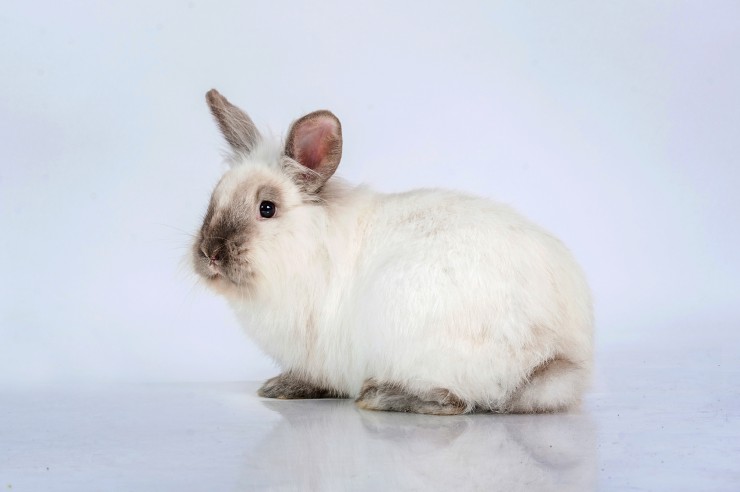 How To Help Your Pet Rabbit Get Fit And Active
How To Help Your Pet Rabbit Get Fit And Active
 What are the Benefits of Getting Dog Kennels and Grooming Services?
What are the Benefits of Getting Dog Kennels and Grooming Services?
 Dogs And Licking - How To Stop Your Dog From Licking You
Dogs And Licking - How To Stop Your Dog From Licking You
 Dogs are People
Dogs are People
The ultimate dialogue of wheth
Dogs are People
Dogs are People
The ultimate dialogue of wheth
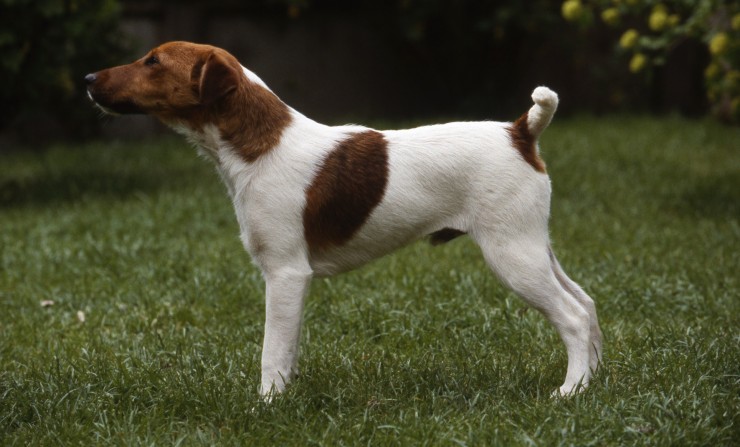 The Difference Between A Smooth Coated Fox Terrier And A Rat Terrier
The Difference Be
The Difference Between A Smooth Coated Fox Terrier And A Rat Terrier
The Difference Be
 Why Its Bad To Feed Table Scraps To Your Cat
Why Its Bad To Fe
Why Its Bad To Feed Table Scraps To Your Cat
Why Its Bad To Fe
 Dogs And Fear Of Noise
Dogs And Fear Of
Dogs And Fear Of Noise
Dogs And Fear Of
 Treat Your Dogs Allergies Naturally Part 2
Weve learned already that corn, an ingredient used in mo
Treat Your Dogs Allergies Naturally Part 2
Weve learned already that corn, an ingredient used in mo
Copyright © 2005-2016 Pet Information All Rights Reserved
Contact us: www162date@outlook.com